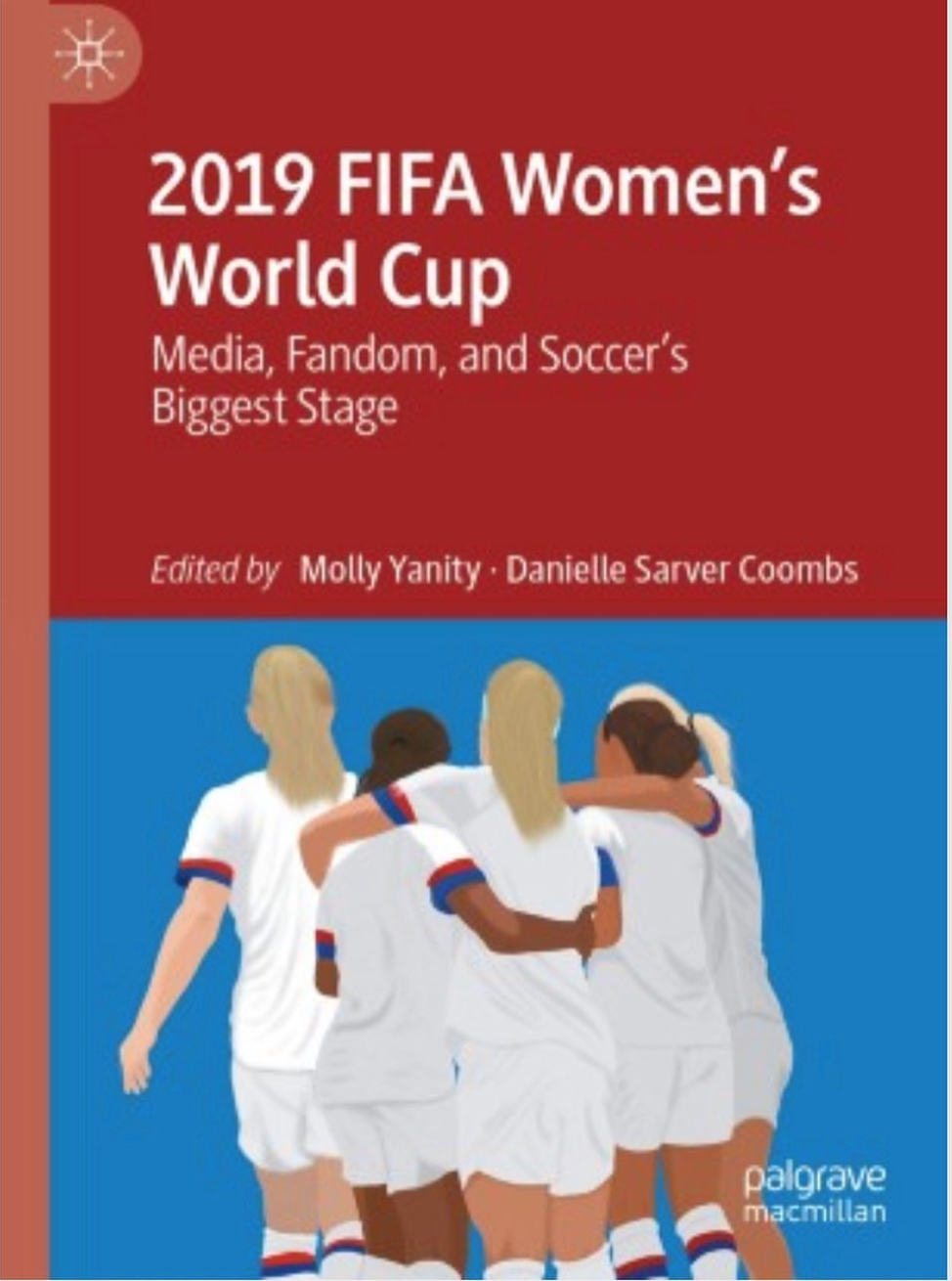 WEEK 1: The short & sweet vignette | WEEK 2: The room where it happens Welcome to #QUreads, your online, summer crash-course in writing well. I'm going to be honest right off the bat -- this idea was inspired by an exceptional syllabus put together and shared on Twitter by ESPN the Magazine senior writer Kevin Van Valkenburg. Some of the stories I will post this summer, as well as a little of the instruction I'll provide, I glean straight from his syllabus for the course Storytelling 101, which he taught last semester at the University of Montana. Emulation is the highest form of praise, but you damn well credit it, so, Thank you, Kevin. Kevin writes, "No one should start out writing long narratives. NO ONE." To me, beginning with the long narrative is the equivalent of walking on to a basketball court for the first time, picking up a ball and beginning to shoot half-court shots. Maybe you make one of a hundred, but your shooting fundamentals are a disaster and you are of absolutely no use to your team. Instead, start with the set shot. Get close to the hoop and work on that perfect flick of the wrist, the followthrough. As you master the technique, slowly begin to move back. Before long, you're canning every three-footer. Then, you're making the majority of your free throws. Your fundamentals become engrained in your muscle memory and, by the time you hit the three-point line, you are becoming a natural shooter. It's the same thing with writing. When you have a strict word count and are forced to carefully choose every word, every verb to create the scene you want to convey, your writing becomes clear, succinct, efficient and great. While working for the St. Petersburg Times, Brady Dennis wrote 300-word vignettes on the people the encountered in the area. The award-winning series, Van Valkenburg writes, "can teach you so much about details, about character, about not revealing everything right away, and about scene." Start here with "After the Sky Fell," about a toll booth operator who works the night shift. Continue with more from his series. STILL LOOKING FOR MORE?: After the September 11, 2001 terror attacks, the New York Times produced vignettes on every person who died in a series called "Portraits of Grief." Without a lot of words, these stories still resonate. What is #QUreads? Each Monday, I will tweet a link to a blog post that will include a selected reading and an explanation of why you should read and study it. You can find it using the hashtag any time. My prediction is that, if you read and study these stories, you will be a better writer by the end of the summer. Granted, if you practice in a journal, read consistently, take note of style and think about what might the writer's decision-making process be, you will improve greatly. I'm just here to help the process along for you. Feel free to use the Comments section here or on Twitter to discuss the articles and writing techniques, to ask questions, or offer links to other great stories.
1 Comment
|
2019 FIFA Women's World Cup: Media, Fandom, and Soccer's Biggest Stage is available online and in hardback from Palgrave Macmillan.
Molly Yanity, Ph.D.
|


